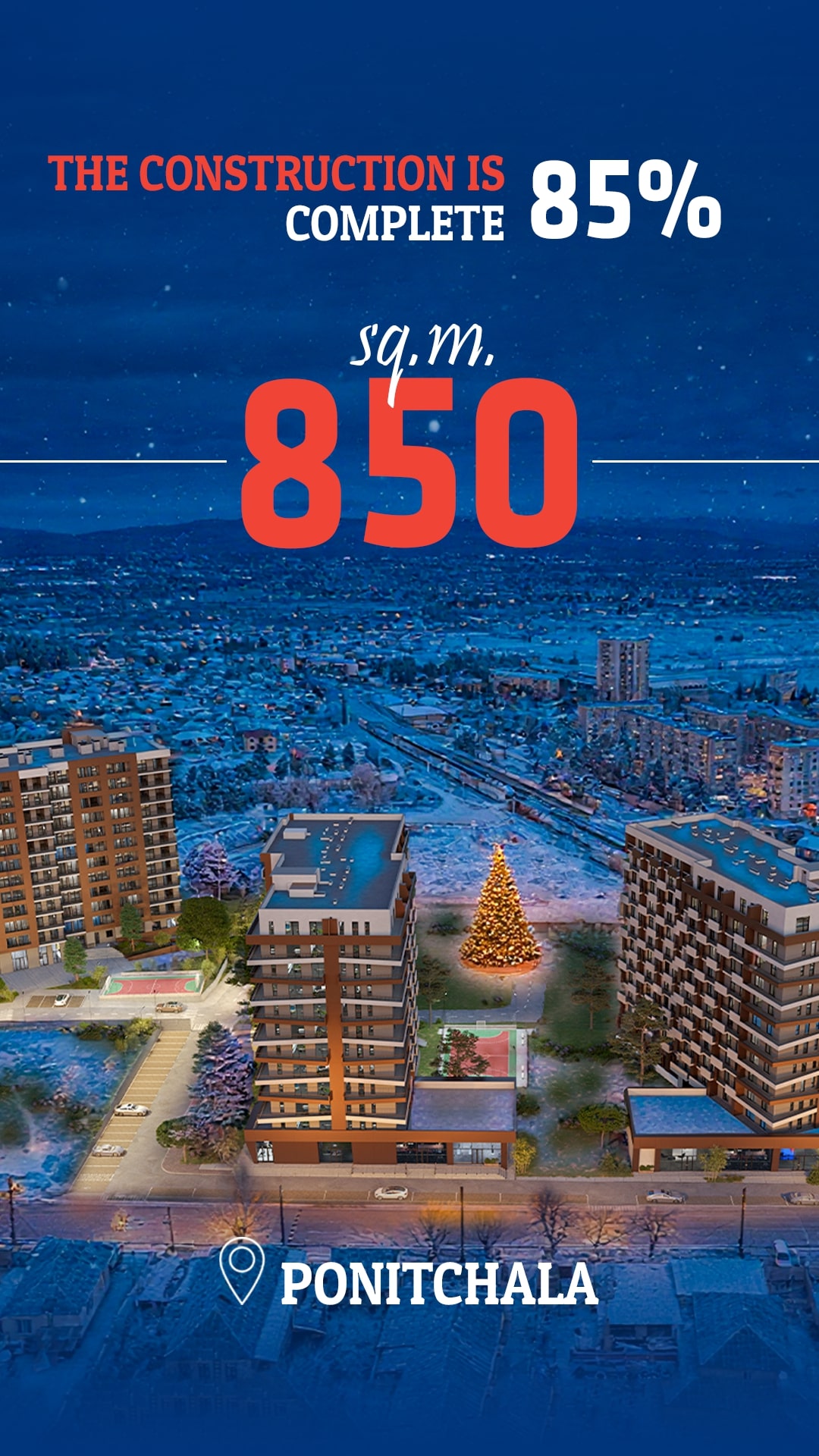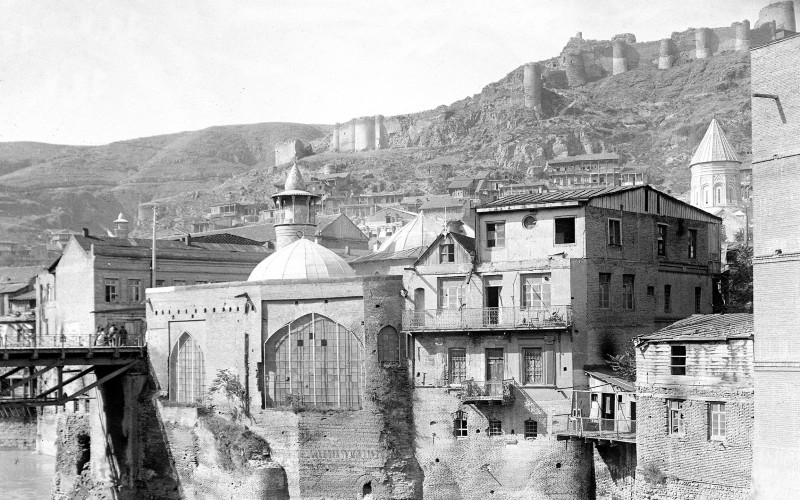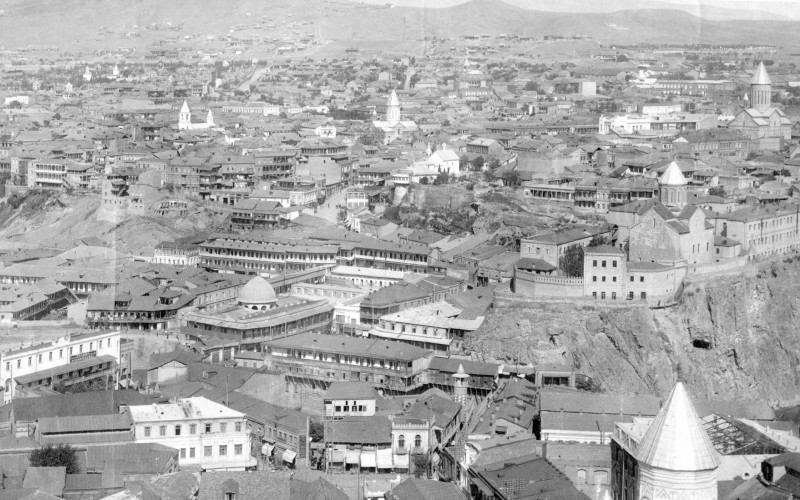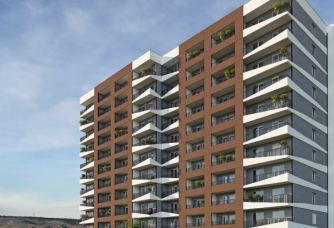
 Leave us a number 🚀
Leave us a number 🚀

Urban face of Tbilisi
Tbilisi is the densest urban place in Georgia. According to the latest data, more than 1.2 million people live in the capital, which is 33% of the country's population. The urban form of Tbilisi is quite strange - it is located longitudinally along the river.
Tbilisi is located as a separate territorial unit in the same-named basin. The terrain of Tbilisi is as diverse as its history. Since 2014, the capital has been officially divided into 10 administrative units, districts:
- Mtatsminda;
- Vake;
- Saburtalo;
- Krtsanis;
- Isani;
- Samgori;
- Chugureti;
- Didube;
- Nadzaladevi;
- Gldani.
The mass development of Tbilisi and the creation of new districts in the last century is connected with the Soviet period. In the second half of the 1950s, the vast majority of people lived in communal houses, which prompted the government to start a program of mass social housing construction. During this period, the so-called "Khrushchovki", which expressed Soviet urban aesthetics, were cold and standard.
The largest number of buildings in the history of Tbilisi were built between 1971-1980. Georgia's only metro station in Tbilisi has been under construction since the 1950s and was put into operation in 1966.

In the 1990s, the buildings built during the Soviet era were covered by arbitrary constructions, which distorted the appearance of Tbilisi. For the last 20 years, active construction works have been taking place in the capital, in the form of new types of monolithic buildings and complexes. The rapid growth of the construction sector created the need for an appropriate legislative framework, which resulted in the adoption of Resolution 41 in 2015. Based on this decision, today constructions are strictly controlled.
The rapid urbanization process characteristic of Georgia contributes to the development of the suburbs of the capital. You will find new constructions in Avchala and Fonichala. Avchala joined Tbilisi in 1939. Industrial facilities were established in the settlement. Today, the number of residents in this area exceeds 10,000. It is possible for residents to find themselves quickly without any extra difficulty, to be connected to Sarajishvili metro station and the city centre. Ponichala is located in the key part of the road leading to Tbilisi-Rustavi and Yerevan. In the 1980s, there was a vision to create a new massif here, which was supposed to accommodate 18 thousand people. Residential buildings were built, this process continues today. This area, with its calm atmosphere, has become a good way to defend against the noise of the fast-growing city.







